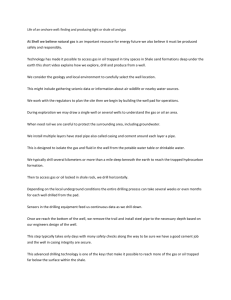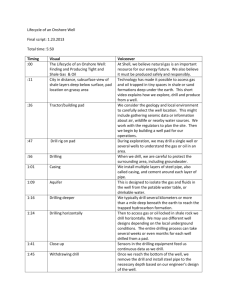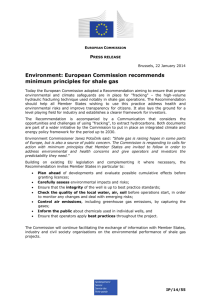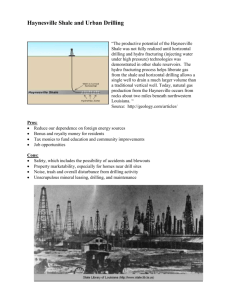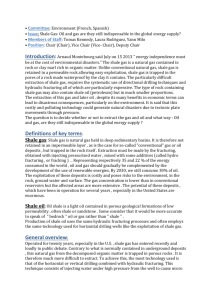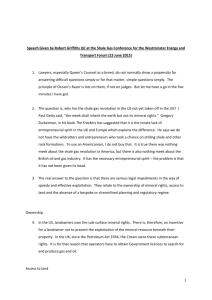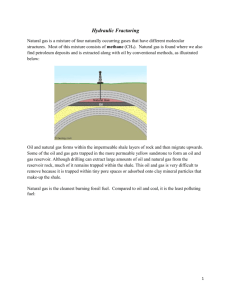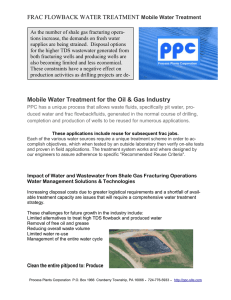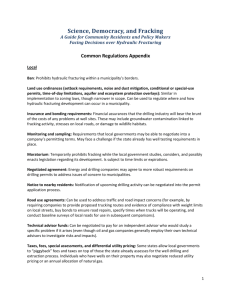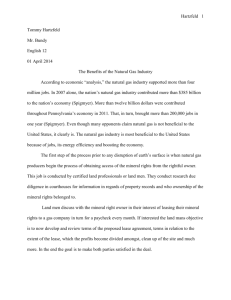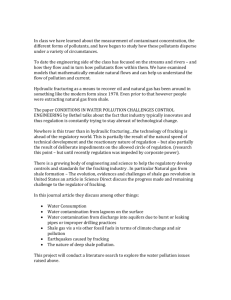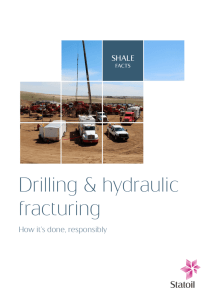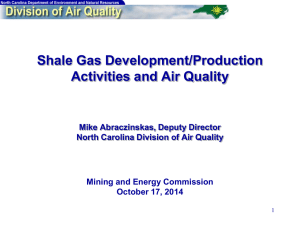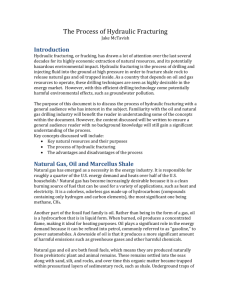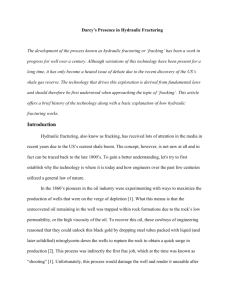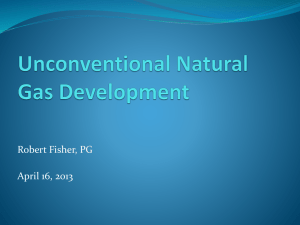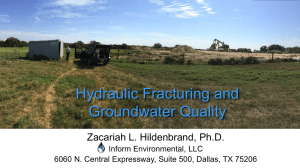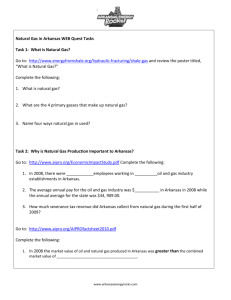in the well
advertisement
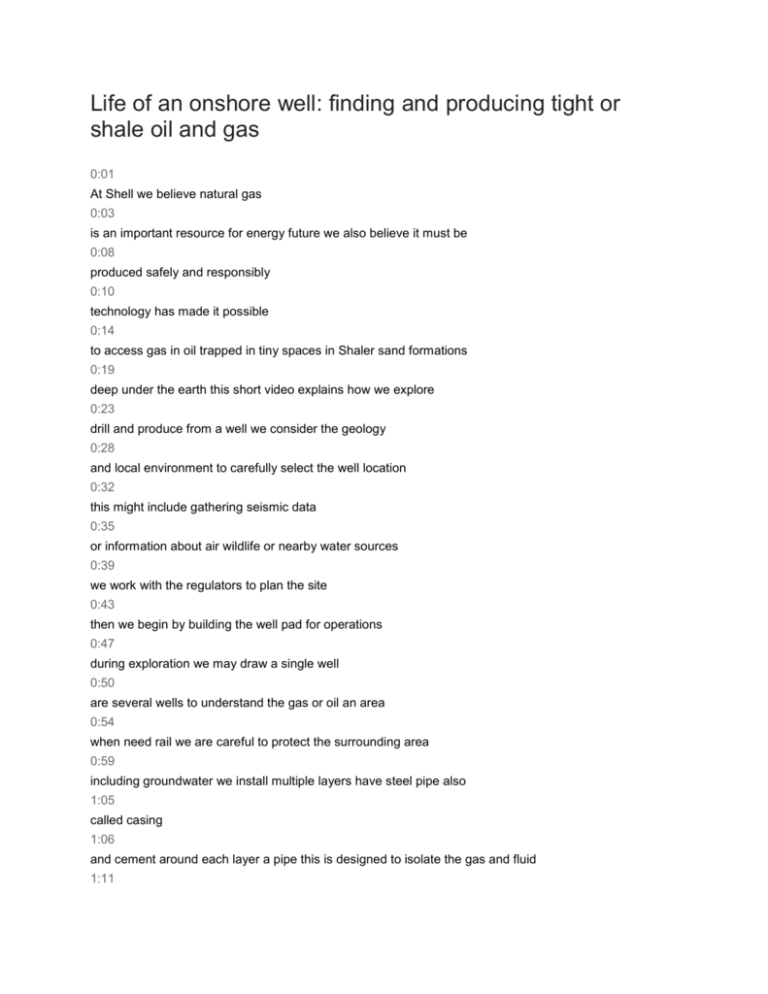
Life of an onshore well: finding and producing tight or shale oil and gas 0:01 At Shell we believe natural gas 0:03 is an important resource for energy future we also believe it must be 0:08 produced safely and responsibly 0:10 technology has made it possible 0:14 to access gas in oil trapped in tiny spaces in Shaler sand formations 0:19 deep under the earth this short video explains how we explore 0:23 drill and produce from a well we consider the geology 0:28 and local environment to carefully select the well location 0:32 this might include gathering seismic data 0:35 or information about air wildlife or nearby water sources 0:39 we work with the regulators to plan the site 0:43 then we begin by building the well pad for operations 0:47 during exploration we may draw a single well 0:50 are several wells to understand the gas or oil an area 0:54 when need rail we are careful to protect the surrounding area 0:59 including groundwater we install multiple layers have steel pipe also 1:05 called casing 1:06 and cement around each layer a pipe this is designed to isolate the gas and fluid 1:11 in the well 1:12 from the potable water table or drinkable water we typically drill 1:17 several kilometers 1:19 or more than a mile deep beneath the earth to reach the trapped hydrocarbon 1:23 formation 1:24 then to access gas or oil locked in shale rock 1:28 we drill horizontally remains different level designs 1:32 depending on the local underground conditions the entire drilling process 1:36 can take several weeks or even months for each well drilled from the pad 1:40 sensors in the drilling equipment fetus continuous data 1:44 as we drown once we reach the bottom of the well 1:47 we remove the trail and install steel pipe to the necessary 1:51 death based on our engineers design at the well this staff typically takes 1:56 only days with many safety checks along the way to be sure we have a good cement 2:00 job 2:01 and the well in casing integrity are secure this advanced drilling technology 2:07 is one of the keys that make it possible to reach more 2:10 the gas or oil trapped far below the surface within the shale 2:13 or Sam where after the well is drilled 2:17 we remove the red and prepare the well to begin the completions and hydraulic 2:21 fracturing process 2:22 this is the second key to extracting gas or oil trap 2:26 in tights and a shale rock hydraulic fracturing 2:30 is a very carefully controlled process that releases the hydrocarbon from the 2:34 tiny pockets 2:35 in which it is trapped we do not hydraulically fracture wells 2:38 unless we have successfully pressure tested for wellbore integrity 2:42 we lowered tool called a perforating gun 2:46 into the wellbore we feed it down to the target location in the well 2:51 a well-loved which gives a state about the well 2:55 helps us know just where to position the tool 2:58 once the perforating tool is in position the fire carefully calibrated charges 3:03 perforate the well casing UConn after wealth to the tights and our shale rock 3:07 layer 3:08 we inject a mix of fluids under pressure 3:12 mostly water with sand and chemicals to create fractures in the surrounding 3:16 shale rock 3:17 or tights and layer the San pops open the cracks 3:21 and allows the gas /url to better well into the well 3:24 when possible we treat and reuse the fluid will be covered during fracturing 3:31 to minimize the amount of water reuse we support the release of information about 3:36 chemical's use 3:37 in fracturing fluids we fracture the well 3:41 incitements four stages after each stage 3:44 we put in a temporary plug to separate the fracture stages 3:48 and prevent gas or oil from flowing too soon the number of stages will depend on 3:53 the local geology 3:55 we repeat this process until we have finished fracturing the link to the 3:59 target area 4:00 hydraulic fracturing and completing the well 4:03 typically lasts only a few days for each well when we are ready 4:08 we drill out the plugs this allows the gas or oil to flow into the well 4:14 that the well pad the flow is separated into gas and liquids 4:19 of the liquids might include oil or water 4:22 that was also locked in the rock deep below ground 4:25 we collect the water to be reused re injected or disposed of 4:29 according to local regulations the gas or oil continues to a pipeline 4:34 to provide energy 4:37 during exploration if no pipeline is nearby 4:40 we may need to temporarily flair or capture the gas 4:43 in short term facilities or store the oil in short term tanks on the location 4:49 if we decide to develop the area we typically put multiple wells 4:53 on a single pad reaching in different directions deep underground 4:57 to minimize disturbance to the surface 5:00 all our wells insight operations meet government rules 5:04 and our own rigorous standards for safety and protecting the environment 5:08 once drilling and completions are done 5:11 we remove most of our equipment and reduce the size of the well pad 5:14 a well typically can produce needed energy 5:18 for decades we inspect and maintain well sites regularly 5:23 during their productive life when the well is no longer producing 5:27 we comply with regulations to cement it closed 5:30 test that is sealed remove all equipment and structures 5:34 and reclaim the site to blend back into its surroundings 5:37 a permanent markers installed to mark the well location
